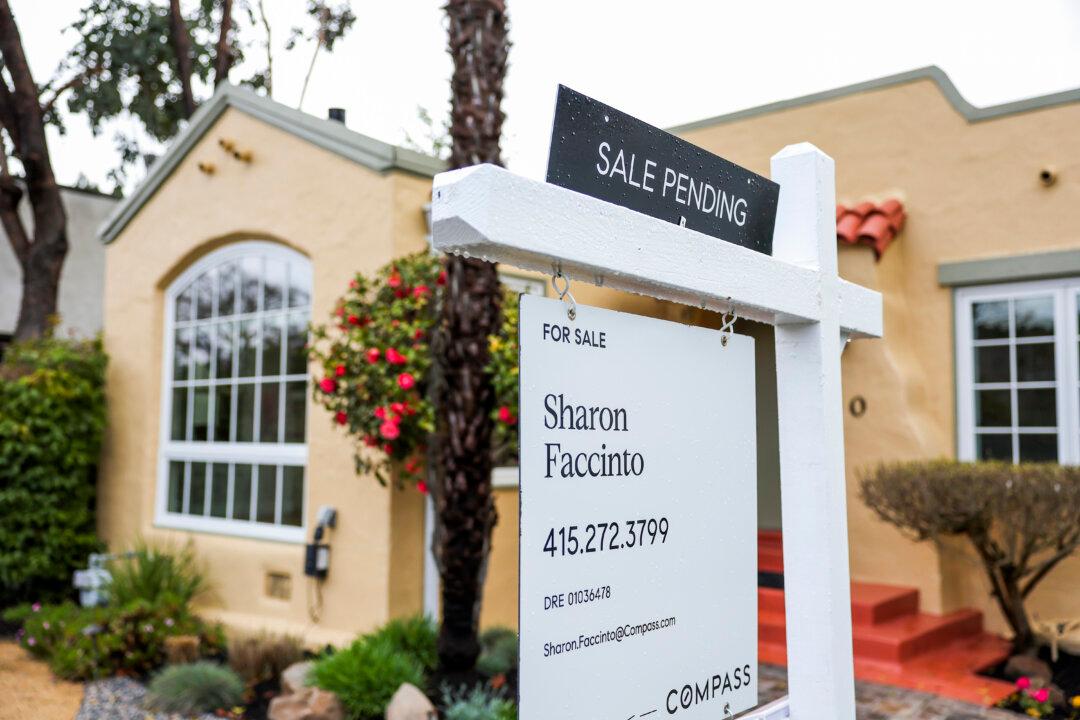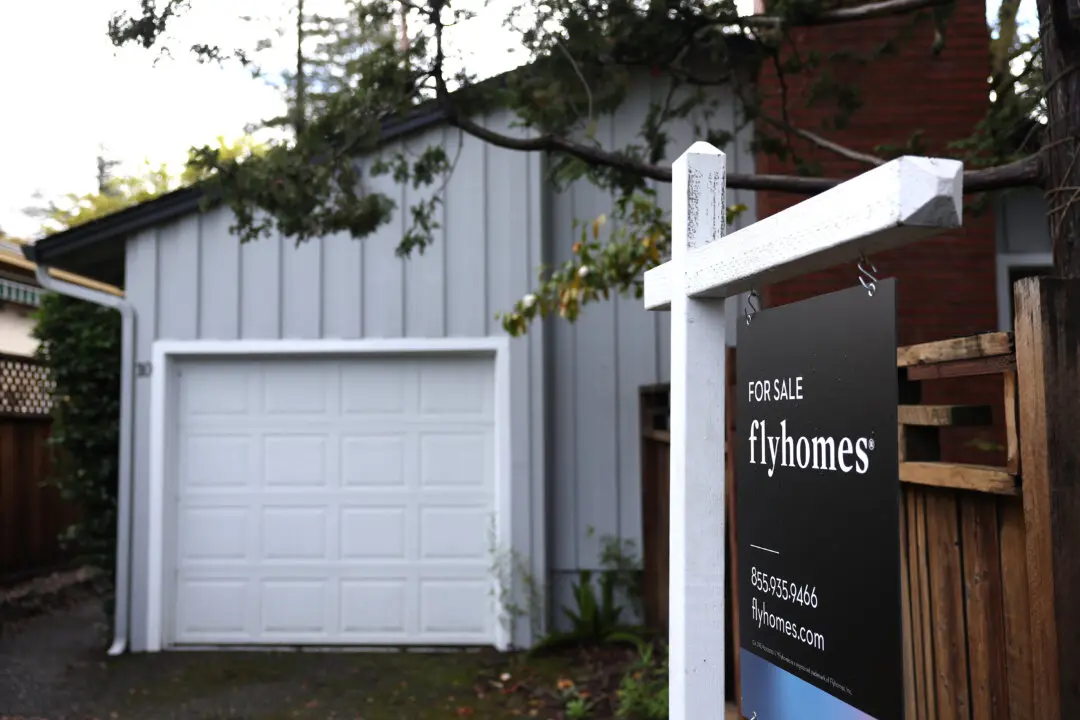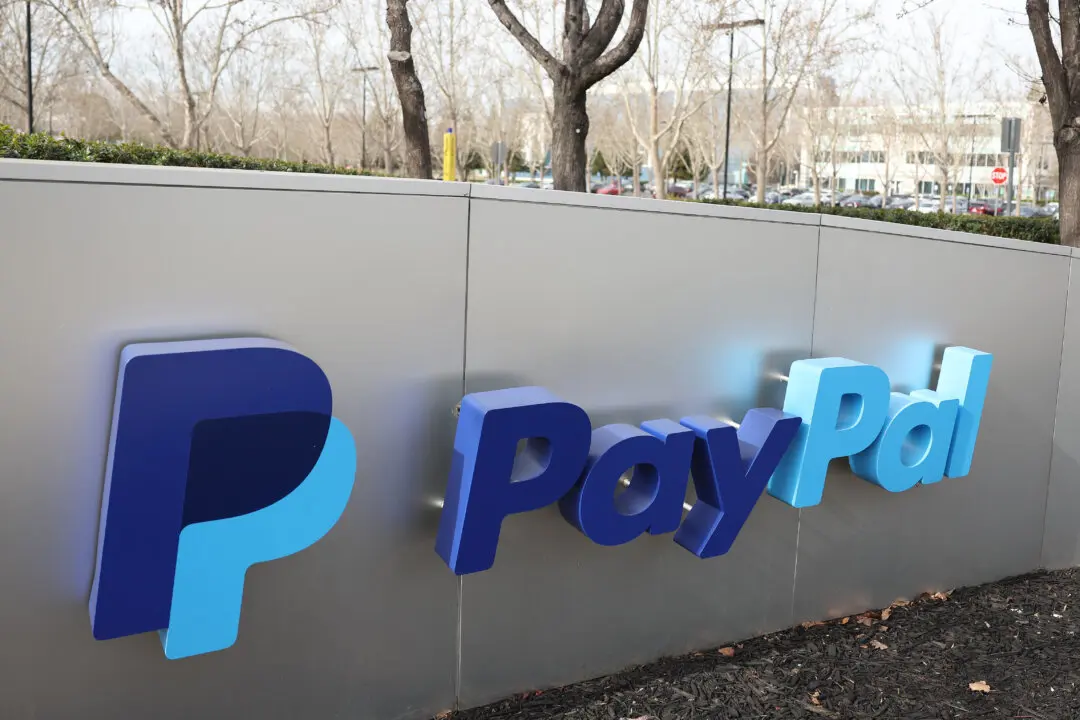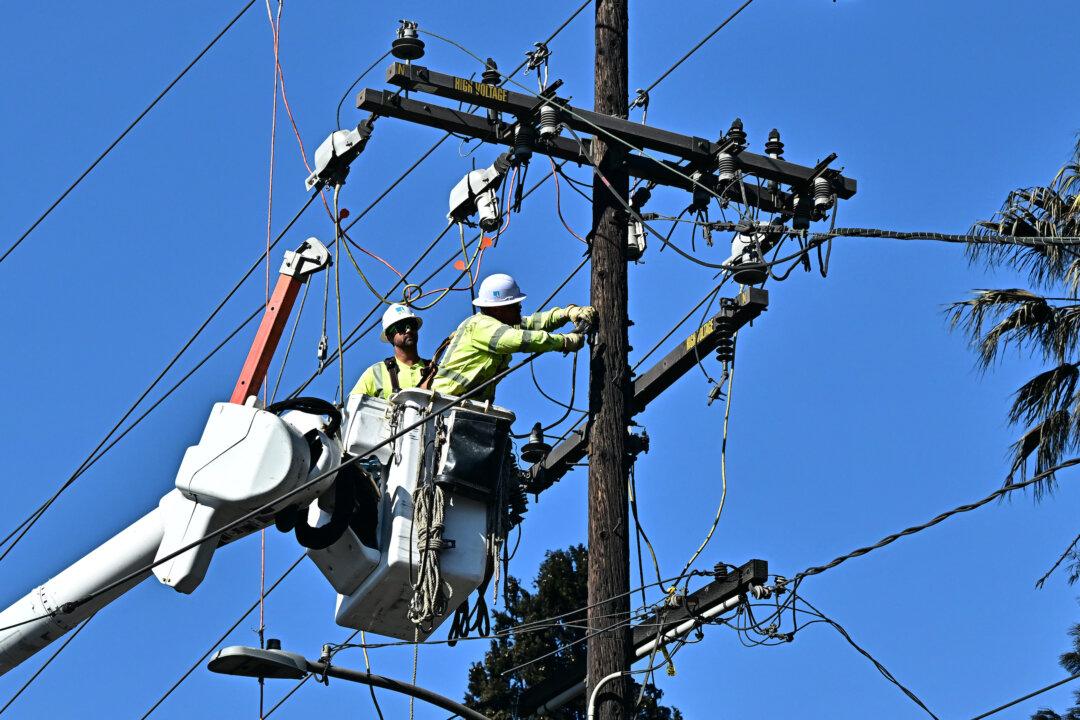Amid the challenges posed by the current real estate market conditions, the National Association of Realtors (NAR) has unveiled a report outlining optimistic projections for existing-home sales.
A new NAR report is forecasting a 13 percent increase in existing-home sales in 2024, to 4.62 million, and a 15.8 percent increase in 2025, to 5.35 million. The association is basing its predictions on the fact that pending home sales increased by 8.3 percent nationwide in December.





